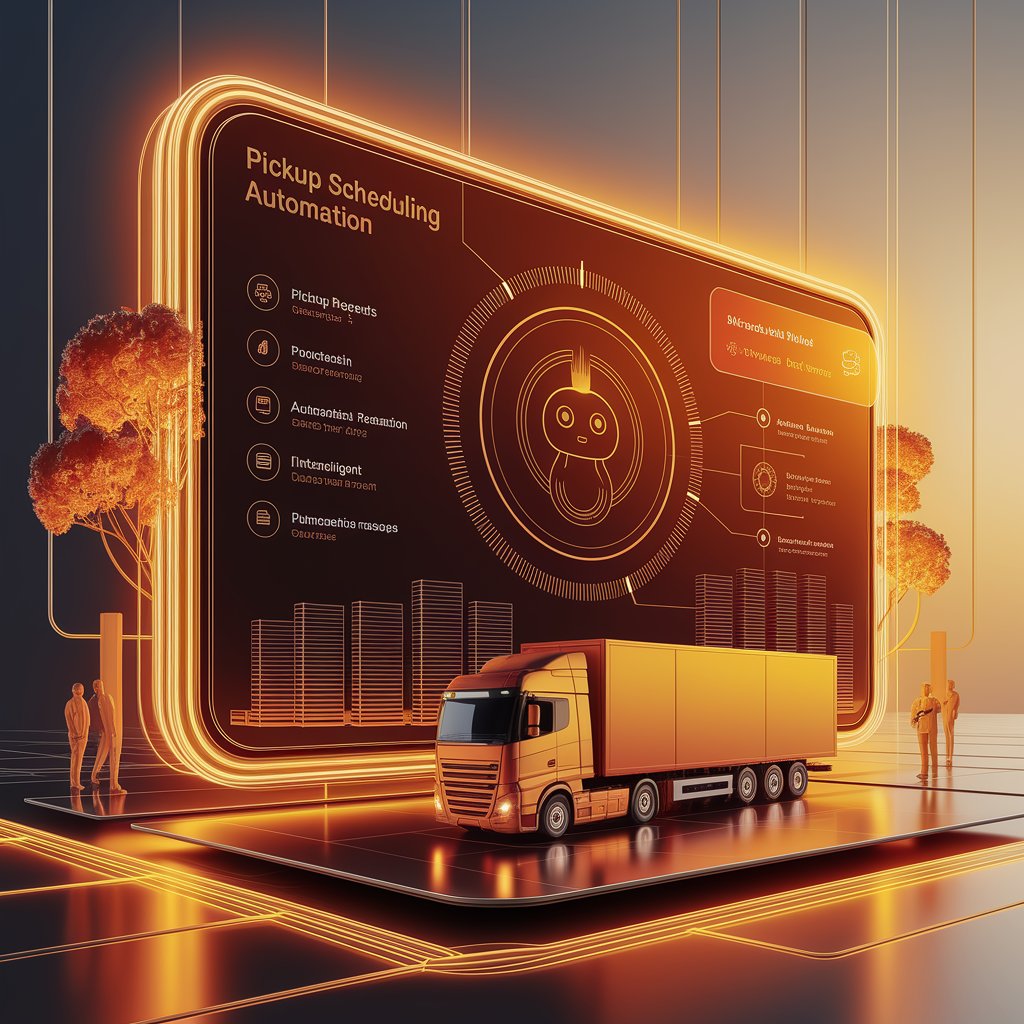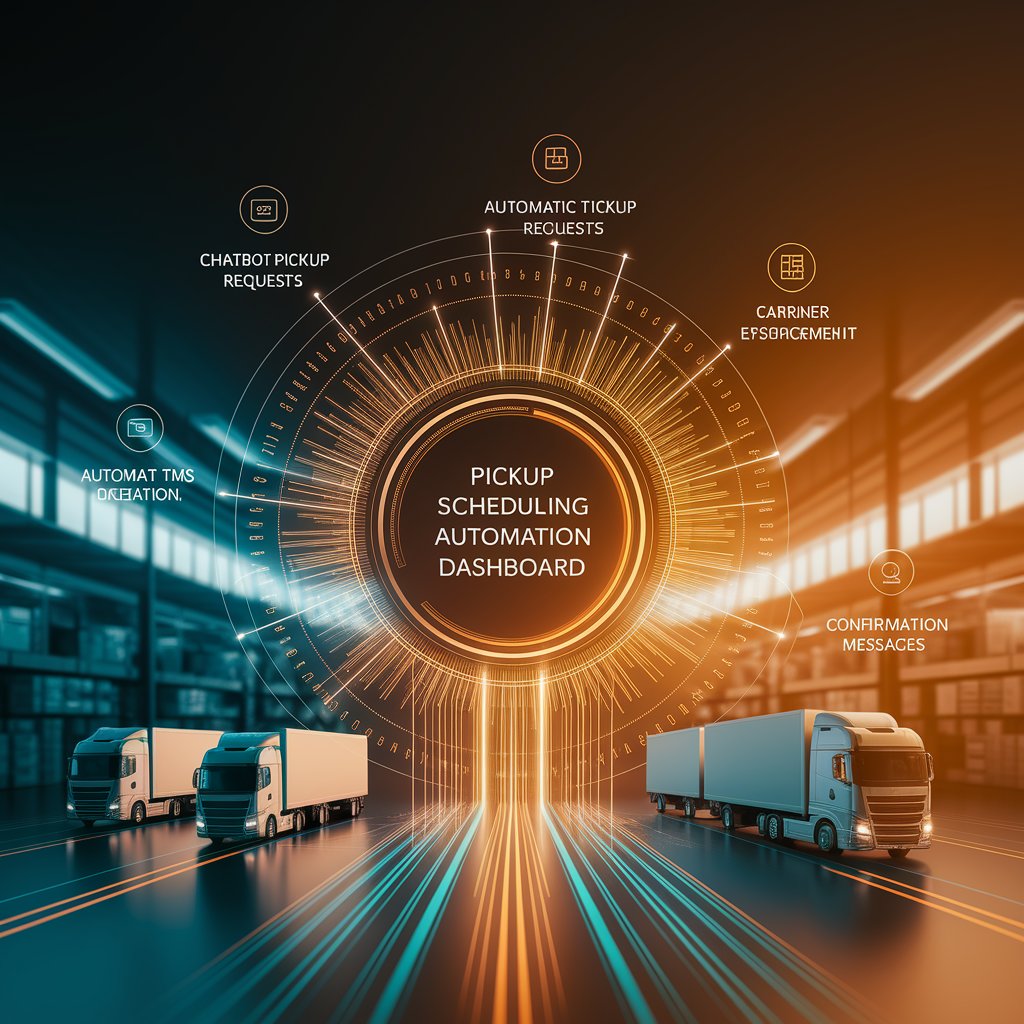How to Automate Pickup Scheduling in Logistics
Coordinating pickups is one of the most repetitive and error-prone tasks in logistics. Customers often call, email, or WhatsApp to request collections, while staff must manually create pickup orders, check carrier availability, and confirm schedules.

Introduction
This manual process slows down response times and increases the risk of missed pickups. With pickup scheduling automation, requests can flow directly from a chatbot or form into the TMS, assign carriers automatically, and send confirmations instantly.
Step 1: Map the Workflow
- Trigger: Customer submits pickup request (via WhatsApp, chatbot, or web form).
- Capture Data: Collect shipment details (address, cargo type, preferred time).
- TMS Creation: Automatically create pickup order in TMS.
- Carrier Assignment: Assign carrier based on service level, availability, or cost.
- Confirmation: Send pickup confirmation to customer.
- Notifications: Alert ops and carrier about scheduled pickup.

Step 2: Choose Your Tools
- Request Capture: WhatsApp (Twilio), Web Form (Typeform, Google Forms), Chatbot (Dialogflow, ManyChat).
- Automation: Zapier, Make, Power Automate.
- TMS: Linbis Workspace, CargoWise, Magaya.
- Messaging: Slack, Teams, Email, WhatsApp.
Step 3: Build the Automation (Example in Make)
- Trigger: Customer fills pickup request form or WhatsApp bot.
- Data Parse: Extract shipment details (date, time, cargo, address).
- Create Order in TMS: Connect to Linbis API → Create pickup order with captured data.
- Assign Carrier Automatically:
- If priority = urgent → assign preferred carrier.
- Else → assign cheapest available carrier.
- If priority = urgent → assign preferred carrier.
- Send Confirmation:
- Email/WhatsApp message to customer: “Pickup confirmed for [date/time].”
- Email/WhatsApp message to customer: “Pickup confirmed for [date/time].”
- Notify Ops: Push update into Slack channel “Pickups.”

Step 4: Test the Workflow
- Submit a test pickup request.
- Confirm pickup is created in TMS.
- Verify carrier assignment rules.
- Check that confirmation reaches the customer.
Step 5: Optimize Automate Pickup Scheduling
- Add calendar integration to avoid double booking.
- Implement cut-off rules (e.g., requests after 4 PM → next-day pickup).
- Connect with GPS tracking to monitor driver arrival.

Benefits of Pickup Scheduling Automation
- Faster Response: Customers get instant confirmation.
- Efficiency: No more manual data entry.
- Accuracy: Reduced risk of missed or incorrect pickups.
- Customer Experience: Transparent and professional process.
- Scalability: Handle hundreds of pickup requests daily without extra staff.
Conclusion Automate Pickup Scheduling
Automating pickup scheduling is a game-changer for freight forwarders and carriers. By connecting chatbots, forms, and TMS platforms, companies eliminate manual work, speed up responses, and deliver a smoother customer experience.
With Linbis, Zapier, and WhatsApp APIs, building a fully automated pickup flow is easier than ever.
